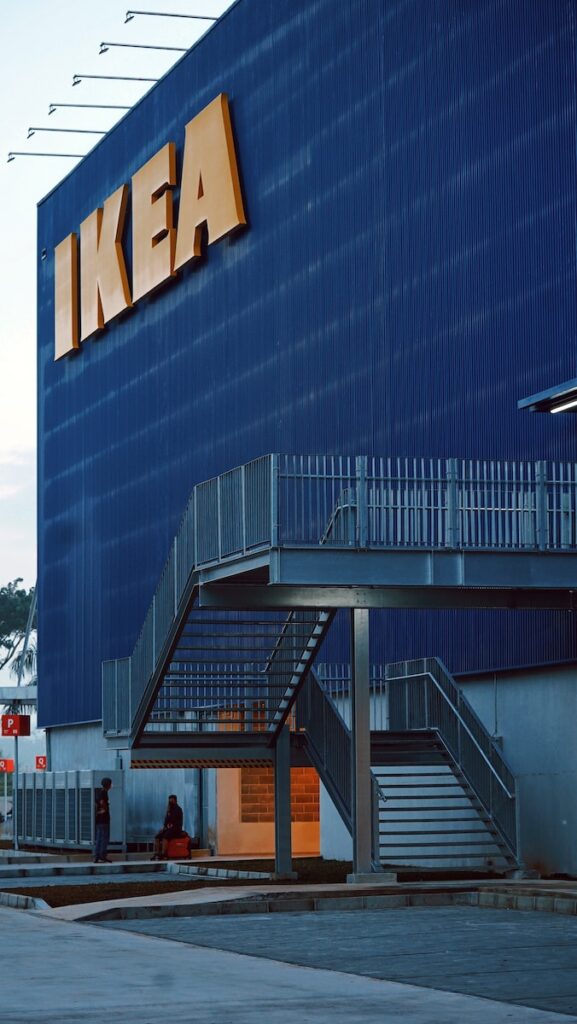Circular Economy Examples - How Companies are Redefining Sustainability
The circular economy is a concept that has been gaining momentum in recent years. It is an economic model that aims to reduce waste and pollution by keeping resources in use for as long as possible. In this article, we will explore some of the most innovative circular economy examples that are being implemented by circular economy companies across the globe.
What is the Circular Economy?
The circular economy is a system that is designed to be regenerative and restorative. It is based on the principles of designing out waste and pollution, keeping products and materials in use, and regenerating natural systems. The goal of the circular economy is to create a closed-loop system where waste is minimized, and resources are kept in use for as long as possible.
Circular Economy Examples – Circular Economy Companies
1) IKEA
IKEA is one of the most well-known brands that has embraced the circular economy. The company has recently started a buy-back scheme that allows customers to return their old furniture in exchange for vouchers. The furniture is then refurbished and resold, giving it a new lease of life. IKEA has also committed to using only renewable and recycled materials in its products by 2030.
2) Adidas
Adidas is another brand that has embraced the circular economy. The company has launched a range of products that are made from recycled materials, including shoes made from ocean plastic. Adidas has also launched a program called “Infinite Play” that allows customers to return their old shoes to the company, which are then recycled into new products.
3) Burger King
Burger King has also embraced the circular economy by launching a program called “Whopper Recycling.” The program encourages customers to return their old Whopper wrappers to the restaurant, which are then recycled into new products. Burger King has also committed to sourcing all of its food and packaging from sustainable sources by 2025.
4) TerraCycle
TerraCycle is a company that is dedicated to eliminating waste. The company has launched a range of programs that allow customers to recycle hard-to-recycle items, such as cigarette butts and coffee pods. TerraCycle has also launched a program called “Loop” that allows customers to purchase products in reusable packaging.
5) Patagonia
Patagonia is a clothing company that has embraced the circular economy by launching a program called “Worn Wear.” The program encourages customers to repair their old Patagonia clothes instead of throwing them away. Patagonia also uses recycled materials in its products and has committed to becoming carbon neutral by 2025.
5) H&M
H&M is a clothing company that has launched a program called “Conscious Collection.” The program features clothing made from sustainable materials, such as organic cotton and recycled polyester. H&M has also committed to becoming 100% circular and climate positive by 2030.

"By embracing the circular economy, brands are redefining sustainability and creating a more regenerative and restorative economic model."

6) Loop
Loop is a circular shopping platform that allows customers to purchase products in reusable packaging. The platform features products from a range of brands, including Procter & Gamble, Nestle, and Unilever. Loop has also partnered with retailers such as Walgreens and Kroger to make its products more widely available.
7) The Renewal Workshop
The Renewal Workshop is a company that is dedicated to reducing waste in the fashion industry. The company works with brands to repair and refurbish their old clothes, which are then sold on its website. The Renewal Workshop has also launched a program called “Renewed Cotton” that uses recycled cotton to make new clothes.
8) Starbucks
Starbucks is a coffee company that has embraced the circular economy by launching a program called “Grounds for Your Garden.” The program encourages customers to take used coffee grounds from Starbucks stores and use them as compost in their gardens. Starbucks has also committed to using only reusable or recyclable cups by 2025.
Conclusion
The circular economy is a concept that is gaining momentum across the globe. Brands are embracing the circular economy by launching innovative programs that aim to reduce waste and pollution. From IKEA’s buy-back scheme to TerraCycle’s recycling programs, there are many circular economy examples that are making a positive impact on the environment. By embracing the circular economy, brands are redefining sustainability and creating a more regenerative and restorative economic model.
